
Baltimore Recorders.org
About the Bawu
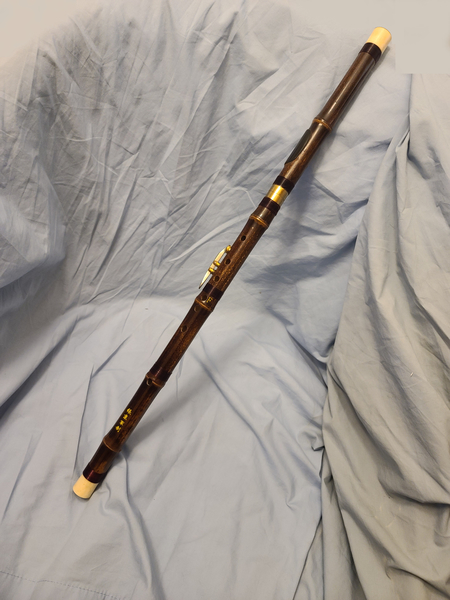
The Bawu is traditional Chinese woodwind instrument. Although they look very much like a flute, they are single reed instruments, and produce sound in the same fashion as an harmonica, blowing air across a free reed. Bawu produce a beautiful low tone, that is both sweet and mournful.
Traditional bawu were made from single sections of bamboo. More modern instruments, such as the one pictured here, are divided into several sections that are connected by metal tenons. To help prevent the bamboo from cracking, and from cracks extending, the exterior of the bamboo is wrapped with string. In this case the string is made of black plastic. During the last half of the twentieth century Bawu have also been made from turned wood, or from resin.
In most modern bawu, the reed is made by cutting a triangular shaped 'tongue' in a thin piece of brass. In older instruments the reed was made from bamboo. The reed is mounted in the body of the instrument with a bone mouthpiece. In modern instruments, the mouthpieces are more commonly made of plastic.
Bawu are most commonly made in the keys are G and F. The instrument pictured here is in F, and is shown next to an alto recorder for scale. It has a range of a below middle c through d and octave above middle c. There are also double bawu, in which two flutes are tied together. These bound flutes are not designed to be played simultaneously, but expand the range of the instrument.
The Bawu originated in the Yunnan province of Southwestern China. It was common in what is now Honghe Hani and Yi Autonomous Prefecture (Southeastern Yunnan), Yuxi (Central Yunnan), Simao District (South-central Yunnan), Xishuangbanna Dai Autonomous Prefecture (Southmost Yunnan), Lincang (Southwest Yunnan, North of Dehong), and Dehong Dai and Jingpo Autonomous Prefecture (Southwest Yunnan, surrounded by Myanmar). It was played by the ethnic groups of these areas including the Hani, Yi, Dai, Va, Blang, and Hmong.
The Hani have a story that recounts the creation of the Bawu. A long time ago, near the Ailao mountains, South of the Honghe river, there lived a beautiful maiden Meiwu. She fell in love with a handsome young man named Bachong. One day when the villagers were celebrating and dancing, a demon came down and kidnapped Meiwu. She refused to speak to the demon, so he cut off her tongue and threw her into the mountains. She was approached by a bird who told her that bamboo could help her to talk again. So she took a section of bamboo and began to play. The music of her ordeal reached the village. Upon hearing it, Bachong went into the mountains and rescued her. The instrument was named after them Ba(chong) and (Mei)Wu.
See our sheet music page, for listings of traditional Chinese folk songs.
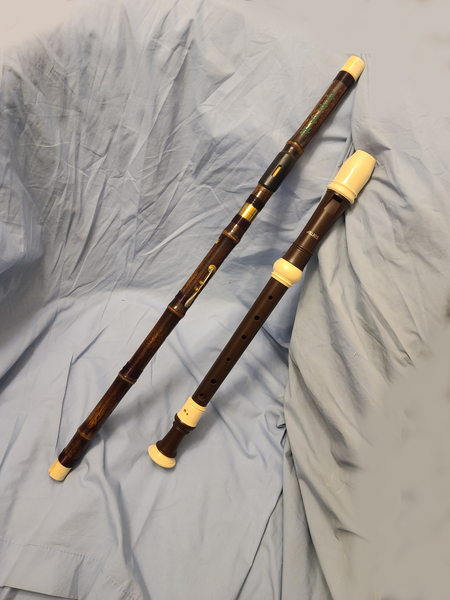
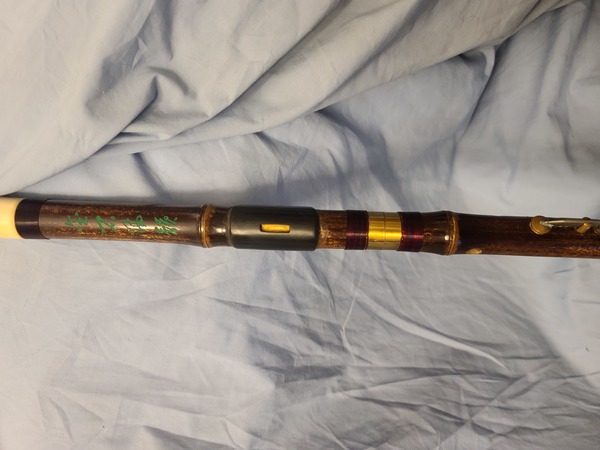
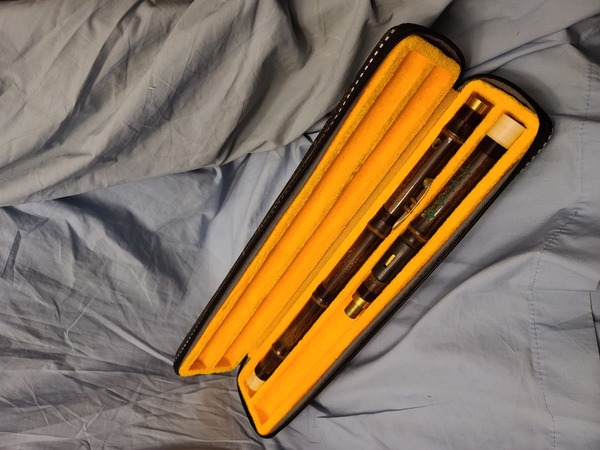
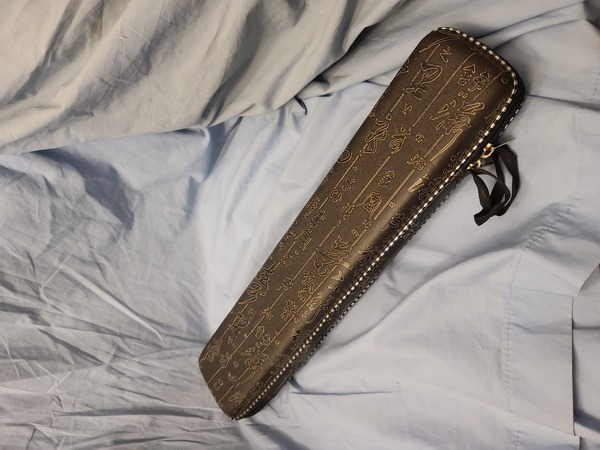
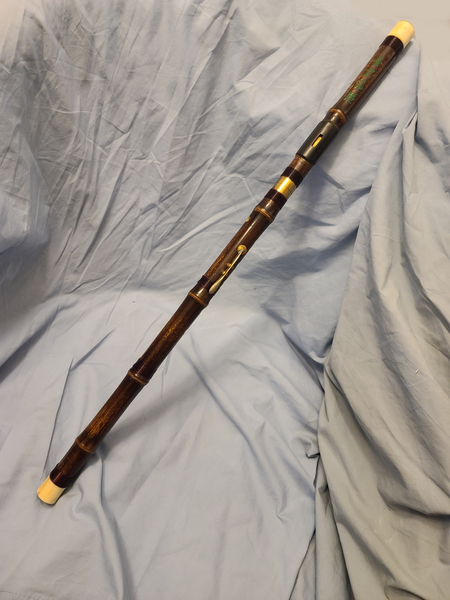
Web design copyright 2015 Michael Berger